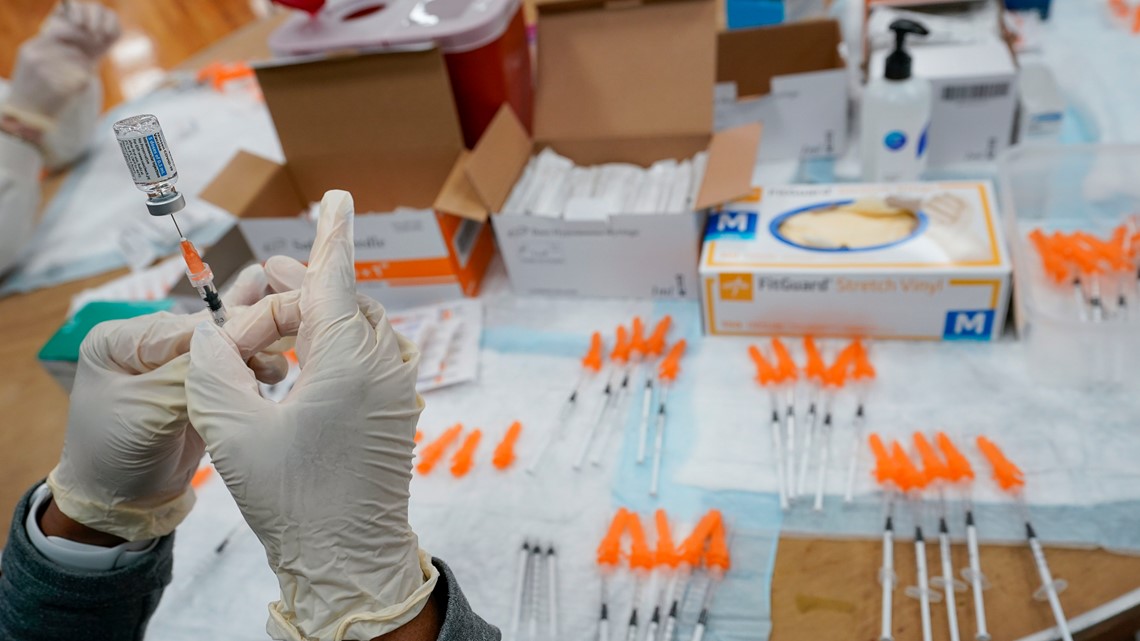
The reports of 100 people developing Guillain-Barré syndrome represent a tiny fraction of the nearly 13 million Americans who have received the one-dose vaccine.
WASHINGTON — The Food and Drug Administration is said to be preparing to attach a new warning for the Johnson & Johnson COVID-19 vaccine over a “small possible risk” of a rare but potentially dangerous neurological reaction.
The Centers for Disease Control and Prevention said in a statement it has received reports of 100 people who got the shot developing Guillain-Barré syndrome, an immune system disorder that can cause muscle weakness and occasionally paralysis.
That represents a very small fraction of the 12.8 million Americans who have received the Johnson & Johnson vaccine.
The CDC said that no cases of GBS had been reported following injections of COVID-19 vaccinations which use mRNA technology, such as Pfizer or Moderna.
Guillain-Barré is a rare disorder in which a person’s immune system attacks their nerves, according to the Mayo Clinic. The first symptoms usually involve weakness and tingling in one’s extremities.
As the New York Times highlighted, the cases have mostly been reported about two weeks after vaccination, and mostly in men, many of whom were 50 or older. The vast majority of people who have Guillain-Barré eventually experience a full recovery, according to the National Institutes of Health.
The CDC said it would ask its panel of outside vaccine experts to review the issue at an upcoming meeting. J&J didn’t immediately respond to a request for comment.
Sources told The Washington Post the agency plans to stress the Johnson & Johnson COVID-19 vaccine’s benefits still outweighs the risk of developing Guillain-Barré.
The CDC said that people who have previously had Guillain-Barré may receive a COVID-19 vaccine. According to the health agency, one case of Guillain-Barré was reported during Johnson & Johnson’s Janssen COVID-19 vaccine clinical trials.
One case of Guillain-Barré was also reported among those who received the placebo as well, during clinical trials.
This is a developing story and will continue to be updated.
The Associated Press contributed to this report.

